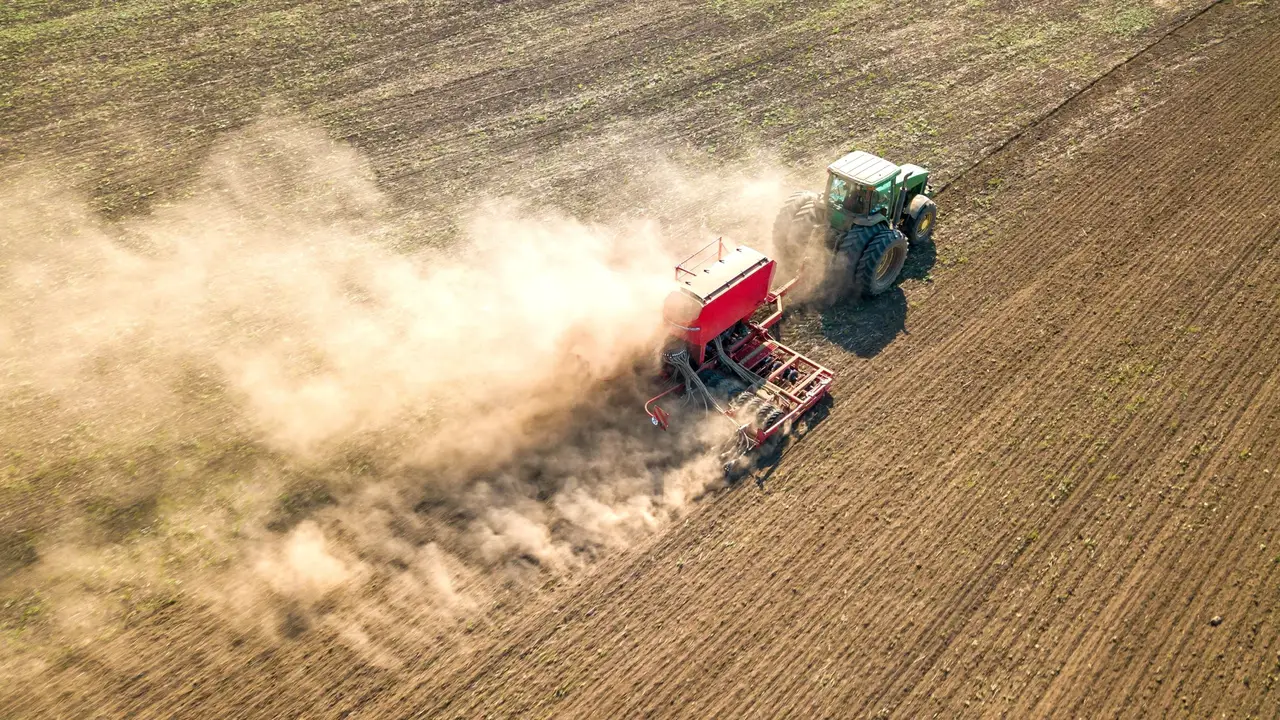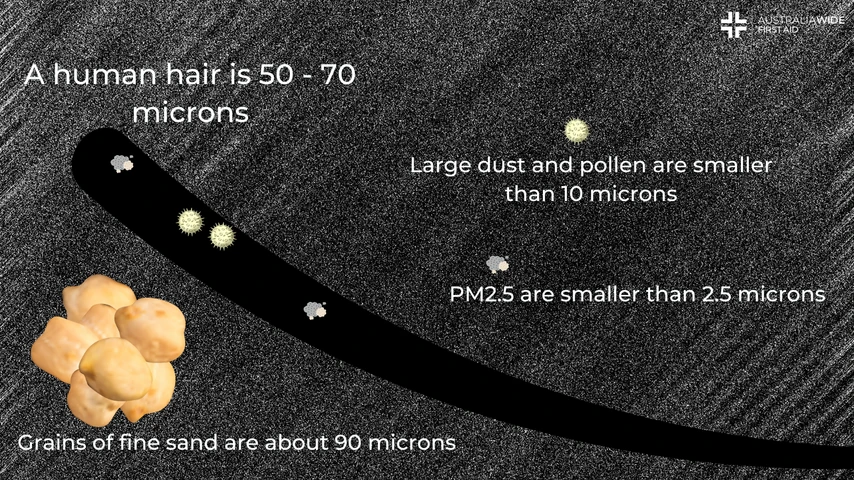Dust: the Hidden Australian Farm Menace


Australia's vast agricultural landscapes are undeniably beautiful, but behind the idyllic façade lies a hidden menace that threatens the health and safety of those who toil the land.
Dust, an insidious adversary, sweeps across the arid plains and into the lungs of Australian farms, leaving in its wake a trail of hazardous consequences that farmers and rural communities must grapple with daily.
In this article, we delve into the perils of dust on Australian farms, exploring its origins, its detrimental effects on human health, and the crucial measures that should be taken to combat this relentless and pervasive challenge. Farm workers can be exposed to dust through many different sources:
Even though these hazards can cause life-altering and even life-threatening problems for workers, dust is often not taken seriously.
Many farmers recognise that their occupation can be dangerous, but often don’t consider the hazards related to this unseen killer.
One Australian study found that farmers were not adequately educated or protected from dust during harvest.
Dust is made up of a range of particles, and on farms these particles can include very harmful substances. It is not uncommon to find dust consisting of:
Exposure to these tiny particles can cause increasingly harmful respiratory illnesses for workers.
Early detection of dust exposure is crucial to mitigating the long-term health impacts.
Symptoms will vary depending on which part of the respiratory system the particles have reached.
Larger dust particles are more easily beathed out, swallowed harmlessly, or expelled through blowing your nose. The smaller the particle, though, the further into your system it can enter. Very small particles can penetrate deep into the lungs. Ultrafine particles can even be absorbed directly into the bloodstream.
Symptoms of some health conditions may not appear until after years of exposure, but by then the damage is already done.
Early symptoms can include:
If exposure is increased over longer periods of time, especially over years, symptoms will worsen.

Dust can harm more than just your breathing, and it's not only those with asthma or allergies who are in danger. Dust exposure can exacerbate existing respiratory issues and create new ones.
Respiratory issues can develop rapidly or over prolonged exposure and can range from minor discomfort to life-threatening complications.
Health effects that have been consistently associated with dust from farming activities include a range of occupational lung diseases. Other conditions are also common:
There are a range of practices that farms can initiate to reduce the impact of dust hazards.
It's important to educate and train about the dangers and safe practices for dust on the farm. Workers also need to be aware of the symptoms of respiratory illnesses that could arise from exposure.
In the first instance, blowing your nose can help to expel inhaled dust. If you feel the need to cough, do not suppress it. It can also be helpful to rinse out the mouth.
Eye irritation should be eased by rinsing the eyes with clean water.
Move to a protected area, for example the enclosed cabin of a vehicle. Alternatively move to an area with cleaner air that is well ventilated.
People with asthma should follow their action plan, including using their preventer as per doctor instructions.
People with chronic obstructive pulmonary disease (e.g. emphysema or chronic bronchitis), and other chronic lung conditions, should continue their regular medication and follow their action plan.
If any symptoms persist, medical advice should be sought.
If a person is having difficulty breathing, seek medical attention promptly by calling Triple 0.

October 1, 2024
Almost every job involves using the body to carry out some type of manual task. Some tasks may be hazardous, causing injuries such as musculoskeletal disorders (MSDs). Knowing how to manage them is a legal responsibility of all workplaces.

January 10, 2024
In Australia, workplace safety is a top priority, and First Aid plays a crucial role in ensuring the well-being of employees. Workplaces are expected to adhere to specific regulations and guidelines outlined by Safe Work Australia. How does your workplace stack up?

November 24, 2023
No matter how experienced you are as an outdoor activity leader, there are some things you should always do to keep your group safe. Nature can be unpredictable, and so it’s best to be prepared.